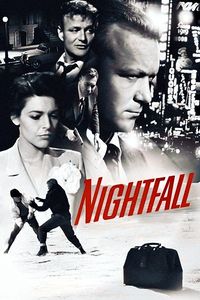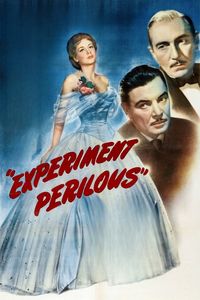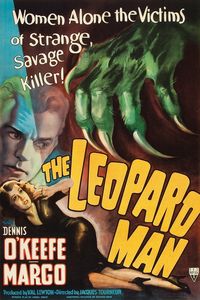Nightfall (1956)
(On Cable TV, June 2021) Film noir is often considered a purely urban genre, firmly set in the dimly lit streets, small offices and nightclub backrooms of urban metropolises. That’s why it’s a surprise to see the late-genre entry Nightfall head for the wilds of Moose, Wyoming for much of duration. It starts and ends there, with a bag of money being in the middle of the action even as it travels to the city and involves a fashion model (Anne Bancroft!) Then-veteran director Jacques Tourneur helms the result with some assurance, flipping back and forth between the past and present of the story, as he also goes from the white winter landscapes to the dark streets of the city. This late-period noir often teeters at the edge of other subgenres, but the darkness of the main character and the crime-centric plotting clearly bring it back home. Nightfall is an involving watch — it’s easy to root for the hero, to be captivated by the mystery of the money and remain seated until the cat-and-mouse between the protagonist and the hitmen hunting for cash is resolved. It’s not a bad pick if you’re in the mood for a solid yet slightly unusual noir.




